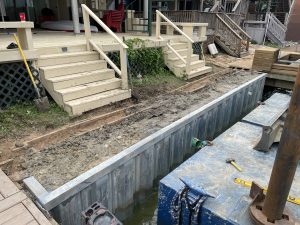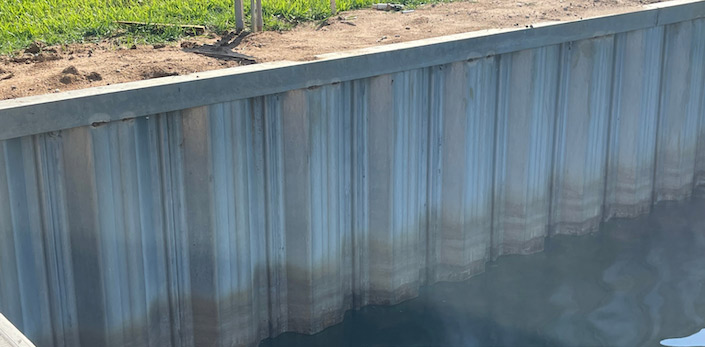
Replacing a bulkhead is a significant project that can enhance both the functionality and aesthetics of your property. Whether your bulkhead is worn out, damaged, or simply outdated, this comprehensive guide will walk you through every step of the replacement process, from obtaining permits to hiring contractors and managing costs. By the end, you’ll be equipped with the knowledge and confidence to tackle this large-scale project effectively.
Understanding Bulkheads
– What is a bulkhead?
– Types of bulkheads: wooden, steel, vinyl, concrete, composite.
– Signs that your bulkhead needs replacement: rust, rot, structural damage, leaks, aesthetic deterioration.
– Importance of timely replacement to prevent further damage to your property.
Preparing for Replacement
– Obtaining necessary permits: local regulations, zoning requirements, environmental considerations.
– Assessing the scope of the project: measurements, materials needed, drainage considerations.
– Setting a realistic budget: cost factors including materials, labor, permits, and unexpected expenses.
– Researching and selecting reputable contractors: recommendations, reviews, interviews, verifying licenses and insurance.
The Replacement Process
– Demolition of the old bulkhead: safety precautions, disposal of debris.
– Excavation and site preparation: clearing the area, assessing soil conditions.
– Installation of the new bulkhead: choosing the right materials, reinforcing structural integrity, proper drainage installation.
– Potential complications and how to address them: unexpected soil conditions, property line issues, adverse weather.
Post-Installation Care and Maintenance
– Inspecting the new bulkhead for quality and functionality.
– Landscaping and restoration of the surrounding area.
– Establishing a maintenance routine: regular inspections, cleaning, addressing minor repairs promptly.
– Long-term durability considerations: choosing materials with longevity, warranty coverage.
Managing Costs
– Understanding cost breakdown: materials, labor, permits, miscellaneous expenses.
– Strategies for cost-saving: obtaining multiple quotes, negotiating with contractors, DIY options for certain aspects of the project.
– Financing options: personal savings, home equity loans, financing plans offered by contractors.
Replacing a bulkhead is a significant investment in your property’s safety, functionality, and aesthetics. By following this comprehensive guide, you can navigate the replacement process with confidence and ensure that your new bulkhead meets your needs for years to come. Remember to prioritize quality, proper installation, and ongoing maintenance to protect your investment and enhance the value of your home.
If you would like further information or need a quote, feel free to call us at The Boat Lift Dock & Bulkhead Company 936-447-2850.


Recent Comments